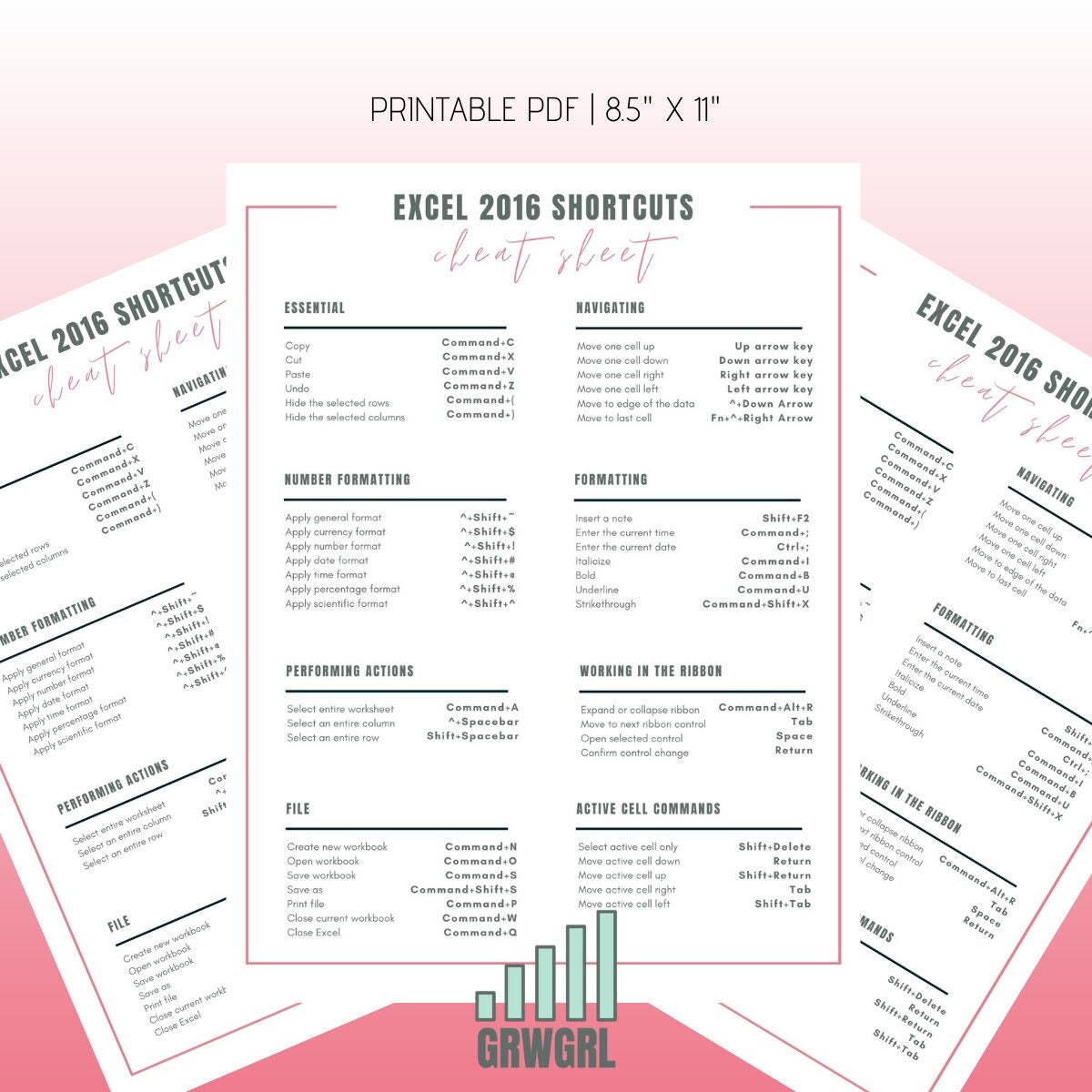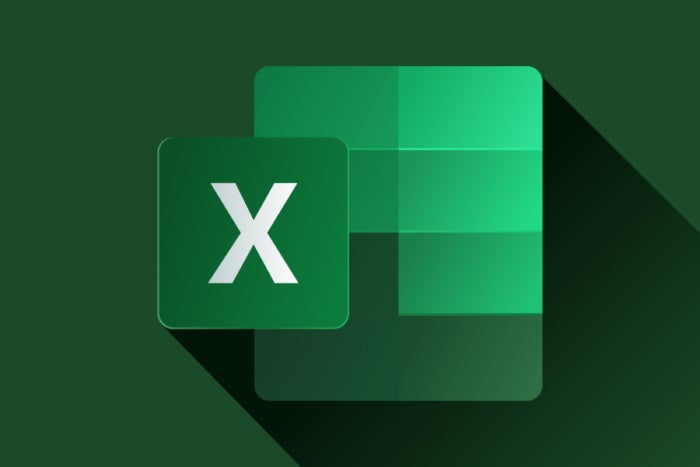

Select a fragment from the current selected cells to the last used cell in the worksheet (in the bottommost row with data of the rightmost column with data). Select a fragment from the current selected cells to the beginning of the worksheet.Įxtend the selection to the last used cell Select a fragment from the cursor to the end of the current row.Įxtend the selection to beginning of worksheet Select a fragment from the cursor to the beginning of the current row. Navigate between controls to give focus to the next or previous control in modal dialogues. Navigate between controls in modal dialogues Zoom out the currently edited spreadsheet. Zoom in the currently edited spreadsheet. Outline the next cell of the current row. Outline the previous cell of the current row. Outline the cell below the current one in the same column. Outline the cell above the current one in the same column.

Move to the next sheet in your spreadsheet. Move to the previous sheet in your spreadsheet. If the cursor is in the formula bar, it will be placed to the end of the text. Outline the lower right used cell in the worksheet situated in the bottommost row with data of the rightmost column with data. Outline the last cell of the current row. Outline a cell in the column A of the current row. Outline a cell at the edge of the current data region in a worksheet. Jump to the edge of the current data region Outline a cell above/below the currently selected one or to the left/to the right of it. Reset the ‘Zoom’ parameter of the current spreadsheet to a default 100%. Open the contextual menu of the selected element. Open the standard dialog box on the Open local file tab in the Desktop Editors that allows you to select an existing file.Ĭlose the current spreadsheet window in the Desktop Editors.

Open the Help menu of the Spreadsheet Editor.
#Excel zoom shortcut mac full
Switch to the full screen view to fit the Spreadsheet Editor on the screen. panel to save the currently edited spreadsheet to the computer hard disk drive in one of the supported formats: XLSX, PDF, ODS, CSV, XLTX, PDF/A, OTS. Print your spreadsheet with one of the available printers or save it to a file. The active file will be saved with its current file name, location, and file format. Save all the changes to the spreadsheet currently edited with the Spreadsheet Editor. Open a data entry field where you can add the text of your comment. Open the Comments panel to add your own comment or reply to other users' comments. Open the Find and Replace dialog box with the replacement field to replace one or more occurrences of the found characters. Open 'Find and Replace' dialog box with replacement field Open the Find and Replace dialog box to start searching for a cell containing the required characters. Open the File panel to save, download, print the current spreadsheet, view its info, create a new spreadsheet or open an existing one, access the help menu of the Spreadsheet Editor or its advanced settings. You change the script to insert rows below instead of above by changing keystroke "R" to keystroke "B".The keyboard shortcut list is used for a faster and easier access to the features of Spreadsheet Editor using the keyboard.You can choose the number of rows it inserts by changing the 5 in repeat 5 times to another number.Now, when you hit your shortcut, your insert rows script will run. On your service name: "insert google sheets rows".Open System Preferences -> Keyboard -> Shortcuts -> Services.Save the service as "insert google sheets rows".Tell application "Google Chrome" to activate Open Automater (/Applications/Automator).I thought it would be easy to just have a keyboard shortcut to fire the Google Sheets menu item "insert new rows". Another solution is to use the Automator utility.


 0 kommentar(er)
0 kommentar(er)
